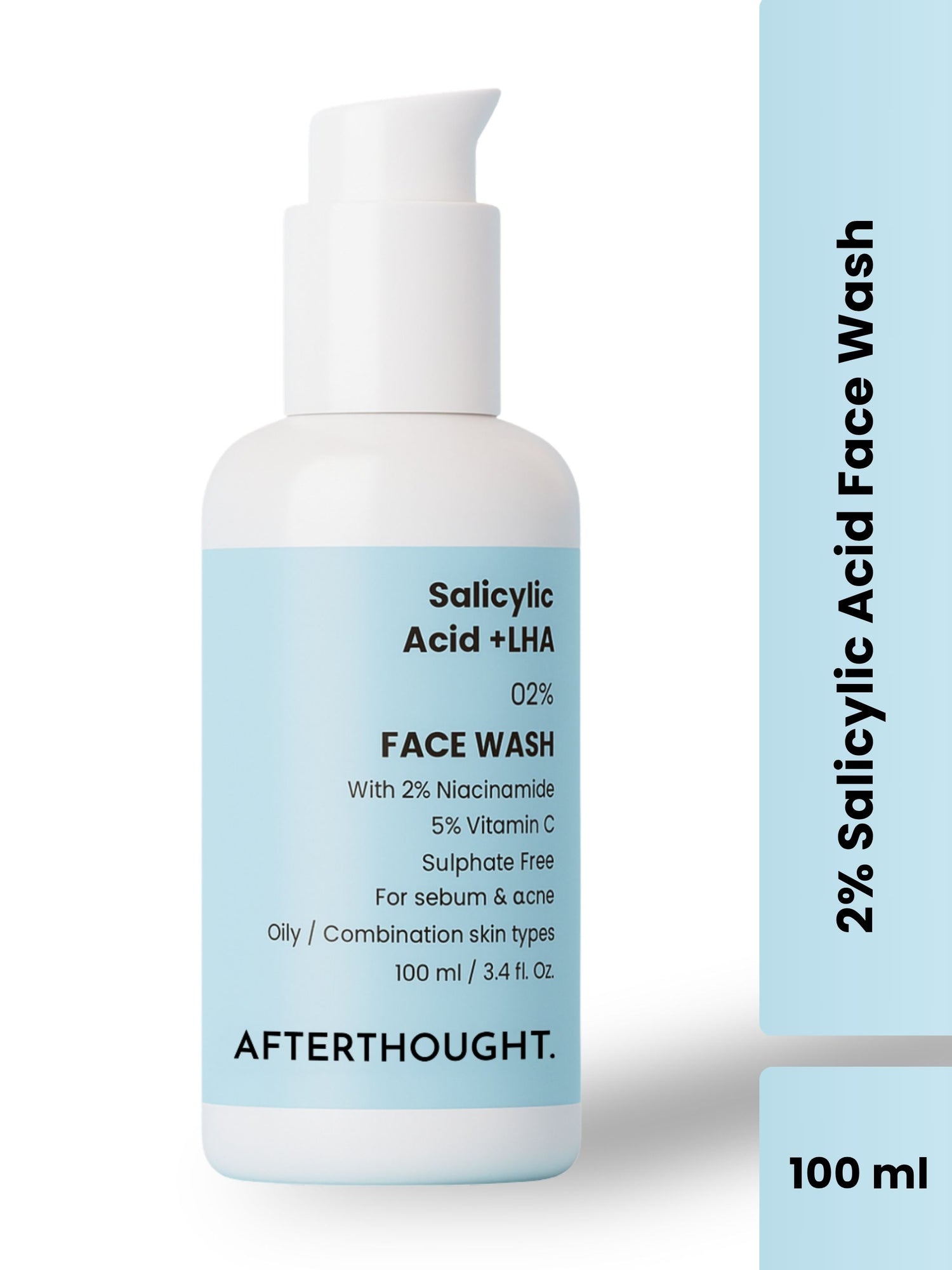What Toothpaste Whitens Your Teeth?
Afterthought IndiaA bright, white smile is a symbol of health and confidence. Over time, various factors such as food, beverages, smoking, and aging can cause teeth to become stained and discolored.
While professional whitening treatments are effective, they can be expensive and time-consuming. Fortunately, the right toothpaste can help maintain a whiter smile or even gradually whiten teeth.
But what exactly makes toothpaste effective for teeth whitening? Let’s explore the science behind it.
Understanding Tooth Discoloration
Before diving into what toothpaste can do, it’s essential to understand the causes of tooth discoloration. There are two types of stains:
Extrinsic Stains
These are surface stains caused by external factors like coffee, tea, red wine, tobacco, and certain foods. These stains affect the outer layer of the tooth, called the enamel.
Intrinsic Stains
These stains occur within the tooth and can result from aging, certain medications, or excessive fluoride use during tooth development. Intrinsic stains are often more challenging to remove.
Most whitening toothpastes are designed to combat extrinsic stains, but some advanced formulas may help reduce the appearance of intrinsic stains.
How Whitening Toothpaste Works
Whitening toothpaste works through various mechanisms to remove stains and brighten teeth. Here’s how:
Abrasives
Whitening toothpastes typically contain mild abrasives that gently scrub the surface of your teeth to remove plaque, debris, and surface stains. These abrasives are usually made of hydrated silica, calcium carbonate, or alumina. While these ingredients are effective at polishing the teeth, they are designed to be gentle enough to avoid damaging the enamel when used as directed.
Chemical Agents
Some whitening toothpastes contain chemical agents like hydrogen peroxide or carbamide peroxide, which help break down and remove stains. These ingredients work by releasing oxygen molecules that penetrate the enamel to lighten stains. The concentration of these agents in toothpaste is much lower than in professional whitening treatments, making them safe for daily use.
Enzymes
Certain whitening toothpastes use enzymes like papain (from papaya) or bromelain (from pineapple) to break down protein-based stains on the teeth. These enzymes can help dissolve stains and promote a whiter smile.
Optical Brighteners
Optical brighteners are another ingredient sometimes found in whitening toothpaste. These chemicals coat the teeth with a thin layer that reflects light, making teeth appear whiter temporarily. However, this effect is not a true whitening but rather an optical illusion.
Ingredients to Look For
When selecting a whitening toothpaste, consider looking for the following key ingredients:
- Hydrogen Peroxide or Carbamide Peroxide: These are the most effective whitening agents for removing deep stains and brightening teeth.
- Baking Soda (Sodium Bicarbonate): Known for its mild abrasive properties, baking soda helps remove surface stains while neutralizing acids in the mouth, promoting oral health.
- Calcium Carbonate: A gentle abrasive that helps polish the teeth without harming the enamel.
- Enzymes (Papain or Bromelain): These natural enzymes help break down stains and promote a cleaner, whiter smile.
- Blue Covarine: An optical brightener that can make teeth appear whiter immediately after brushing.
Is Whitening Toothpaste Safe?
One of the most common concerns about whitening toothpaste is whether it is safe for daily use. The good news is that most whitening toothpastes are formulated to be safe when used as directed. However, it’s important to be mindful of a few things:
Enamel Erosion
Overuse of whitening toothpaste, especially those with high levels of abrasives, can potentially wear down enamel over time. To avoid this, choose a toothpaste with a balanced level of abrasives and avoid brushing too hard.
Tooth Sensitivity
Some whitening toothpastes may cause increased tooth sensitivity, particularly those containing peroxide. If you experience sensitivity, consider alternating with a toothpaste designed for sensitive teeth or consult your dentist for advice.
Gum Irritation
Whitening agents like hydrogen peroxide can sometimes cause gum irritation in some individuals. If you notice any discomfort, discontinue use and consult your dentist.
How to Maximize Whitening Results
Using whitening toothpaste alone can help maintain a brighter smile, but for the best results, consider the following tips:
- Brush Regularly: Brush your teeth at least twice a day for two minutes each time to remove plaque and prevent new stains from forming.
- Use a Soft-Bristled Brush: A soft-bristled toothbrush is gentle on enamel and gums while effectively cleaning your teeth.
- Floss Daily: Flossing helps remove food particles and plaque between your teeth, preventing stains from forming in these hard-to-reach areas.
- Rinse with Water After Staining Foods/Drinks: After consuming foods or beverages that can stain your teeth, rinse your mouth with water to wash away staining agents.
- Avoid Staining Habits: Reducing or eliminating habits like smoking and excessive consumption of coffee, tea, or red wine can help maintain your whitening results.
- Regular Dental Cleanings: Professional cleanings by your dentist can remove stubborn stains and tartar buildup, enhancing the effectiveness of your whitening toothpaste.
Conclusion
Whitening toothpaste can be an effective tool in your oral care routine to help achieve and maintain a brighter smile.
By understanding how these products work and choosing a toothpaste with the right ingredients, you can enjoy the benefits of whiter teeth safely and effectively. Remember, the best results come from consistent oral hygiene practices combined with mindful lifestyle choices.
For more significant whitening, you may want to explore professional treatments, but whitening toothpaste is a great place to start for everyday care.
Also Read: What Ingredient Whitens Teeth In Toothpaste?

